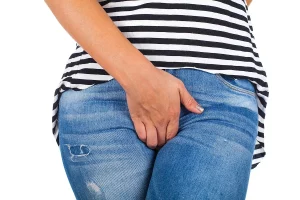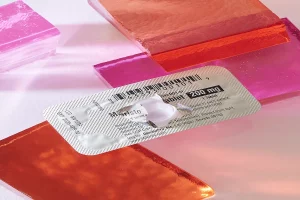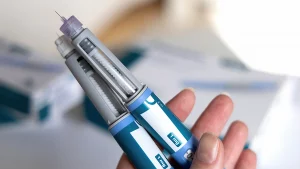Although not a new form of exercise, Pilates has experienced a recent surge in popularity amongst the masses, particularly the Pilates reformer, an apparatus designed to help accelerate the process of stretching, strengthening, body alignment and increased core strength. The reformer machine employs a spring mechanism that the exercises work to control while practicing various movements and positions. Through these arrangements, one is facilitating circulation and healing by moving their injured limbs in ranges that they could otherwise not perform, which serves to restore joint function and muscular strength. Cables, straps, bars and pulleys offer the user a variety of positions and exercises that benefit and work all parts of the body. Many individuals start out by doing mat Pilates, while others integrate both mat and the reformer into a regular routine.
Brook Burnett, the lead instructor at ORS Pilates in downtown Los Angeles, has been teaching Pilates full time for the past three years and is also the only Pilates instructor for the University of Southern California’s recreational sports program. Brook says that the biggest difference between mat and the Pilates reformer is the addition of resistance. “On the mat we must go deeper within ourselves to achieve optimum alignment, “ she said, “whereas on the machine we are aided by tools such as shoulder blocks and straps that give us a more tactile cue about where we might be “off” in our setup.”
Another element that distinguishes the Pilates reformer from other types of exercises is its accessibility – anyone from professional athletes to stay-at-home Moms can participate. The reformer’s numerous attachments increase the range of modifications that can be made to various exercises, and combined with the support that the resistance machine provides, those with limited ranges of movement or injuries can safely perform modified exercises. “The best part of Pilates is that it is accessible to ANY body,” Brook pointed out. “I work with teens, seniors, athletes and even those experiencing chronic pain. The approach may be different but the focus is always the same – to connect to our own body on the deepest level so that it can perform optimally.”
There are numerous health benefits associated with Pilates according to Brook, and these benefits include (but are not limited to) muscle control and stability, an increase in core strength which aids in proper alignment of the spine and pelvis, elongation of muscles (which directly affects muscle elasticity and joint mobility) and balance in the body, which helps one avoid over-training large muscle groups and allows them to achieve “whole body” wellness. The resistance created by the pulley and spring system in the reformer provides a more challenging strength and endurance workout and can also produce visible results sooner. Results from the reformer can be seen rather quickly, and one will notice firmer and more defined muscles after as little as a dozen sessions. Joseph Pilates, the founding father of Pilates, once said, “In 10 sessions you will feel the difference, in 20 sessions you will see the difference, and in 30 sessions you will have a whole new body.”
For those that are curious about trying Pilates for the first time, Brook offers these words of advice: “Try to find the style that best suits you. There are many different types that are taught out there. Have an open mind and shop around to find the instructor that best suits your personal needs. Most importantly, have fun! Otherwise you will look at exercise as a chore rather than a treat to your body. I personally believe that exercise should be invigorating, leaving us wanting to go out and take on the day energetically. I teach Pilates because that is exactly how I feel every time I leave the studio.”
For more information or to connect with Brook, her Twitter is @brooklynburnett.

















